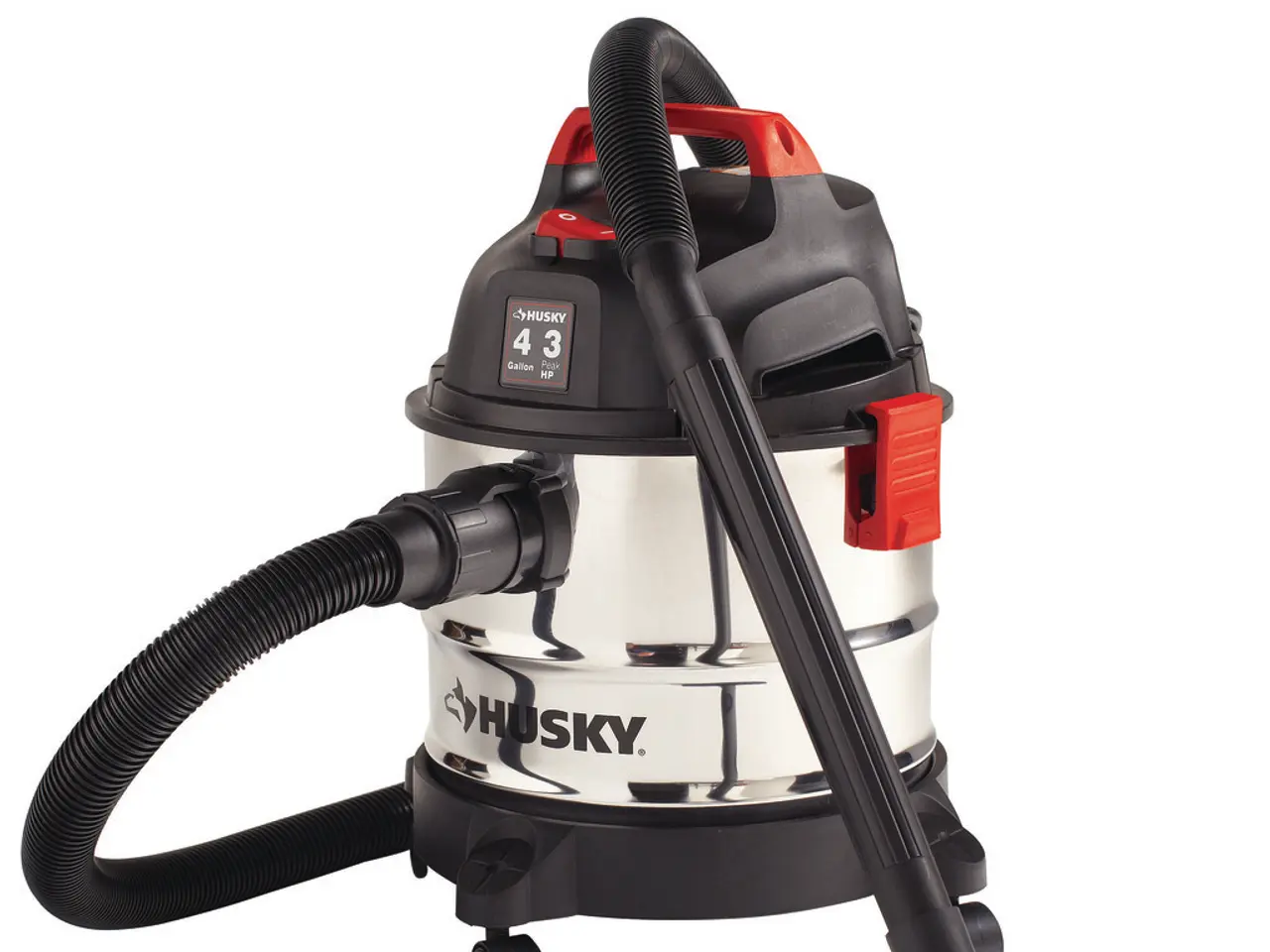Air Scrubber: Its Purpose and Necessity Explored
Whole-house air scrubbers and traditional air purifiers are both designed to improve indoor air quality, but they differ significantly in efficacy, coverage, maintenance, and installation cost, especially for individuals with allergies, asthma, or respiratory issues.
### Efficacy and Coverage
Whole-house air scrubbers, integrated into a home's HVAC system, purify all the air flowing through the ventilation system, providing comprehensive protection throughout the entire home. They use multi-stage filtration, including HEPA and activated carbon filters, and sometimes additional technologies like UV sterilization, to reduce allergens, microbes, dust, and volatile organic compounds (VOCs) at a very high efficiency.
On the other hand, traditional portable air purifiers generally service a single room or limited area (up to 300-700 square feet). Their effectiveness depends heavily on having a sufficient Clean Air Delivery Rate (CADR) to cycle the air in a space at least four times per hour. Some models can also filter out allergens and pathogens effectively, especially those with true HEPA filters combined with activated charcoal.
### Maintenance and Operation
Whole-house systems require less frequent maintenance, usually just once or twice per year for filter changes, and operate quietly within ductwork, out of sight. They are more energy-efficient than running multiple portable units and are designed for constant operation to maintain air quality.
Portable air purifiers, however, typically need frequent filter replacements (every 3-6 months) and consume less power individually but may collectively use more if many units are required for full-home coverage.
### Installation Cost and Considerations
Whole-house air scrubbers involve higher upfront costs due to the need for professional installation integrated with the home's HVAC system. The price varies based on system size, home characteristics, and complexity but tends to be a significant investment, justified by their comprehensive coverage and lower ongoing maintenance.
Portable air purifiers are generally less expensive upfront, ranging from affordable consumer models to more advanced units costing several hundred dollars. They require no installation and are ready to use out of the box. However, needing several units to cover a larger home can raise total costs.
### Summary
In a nutshell, whole-house air scrubbers offer superior and more consistent air quality control throughout the home, reducing allergens, dust, mold, and airborne pathogens comprehensively. Their integration with HVAC means less hassle and disruption, which is beneficial for sensitive individuals. Portable purifiers can be effective for smaller spaces or supplemental use but may require multiple devices and regular upkeep to achieve similar benefits.
In conclusion, whole-house air scrubbers provide more effective, convenient, and energy-efficient air purification across a whole home, making them a better long-term investment for people with significant respiratory sensitivities, despite higher initial installation costs. Portable air purifiers serve well for targeted, room-specific needs and lower upfront costs but are limited in scope and require more frequent maintenance.
It's essential to note that most air scrubbers installed in home HVAC systems do not have filters and use UV light, ionization, or catalytic reactions instead to reduce bacteria, VOCs, and odors in the air. Air scrubbers can last between five and 10 years, depending on the model and maintenance. Additionally, some air scrubber models produce ionizers and ozone, a lung irritant and a health concern for some homeowners, so it's crucial to choose models carefully.
- For those interested in home-and-garden and lifestyle, whole-house air scrubbers can provide comprehensive protection to the entire house, while traditional air purifiers are limited to single rooms or areas.
- In terms of science and technology, whole-house air scrubbers use multi-stage filtration methods, including HEPA and activated carbon filters, and sometimes additional technologies like UV sterilization.
- For individuals prioritizing health-and-wellness, whole-house air scrubbers are beneficial as they eliminate allergens, microbes, dust, and volatile organic compounds (VOCs) more efficiently than traditional air purifiers.
- For those concerned about maintenance and cost, whole-house air scrubbers require less frequent maintenance and are more energy-efficient than running multiple portable units.
- Regarding nutrition and skin-care, it's important to choose air scrubber models carefully, as some models produce ionizers and ozone, which can be a lung irritant and a health concern for some homeowners.




